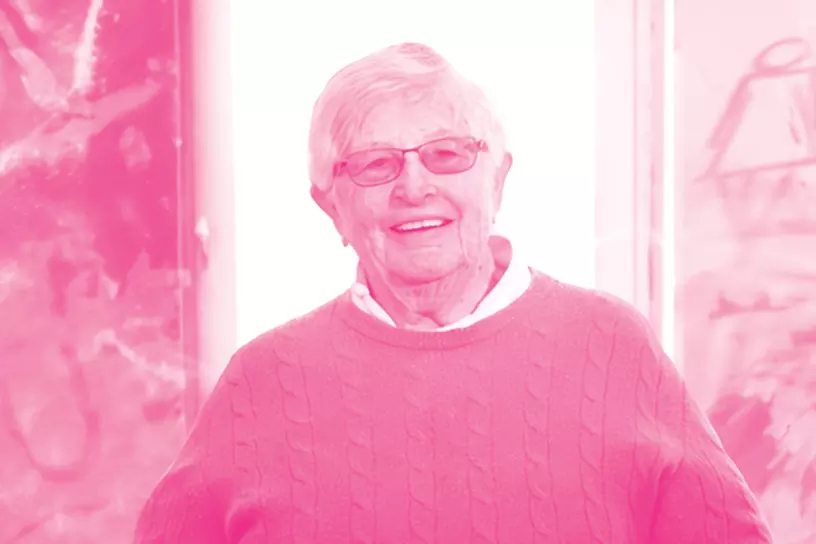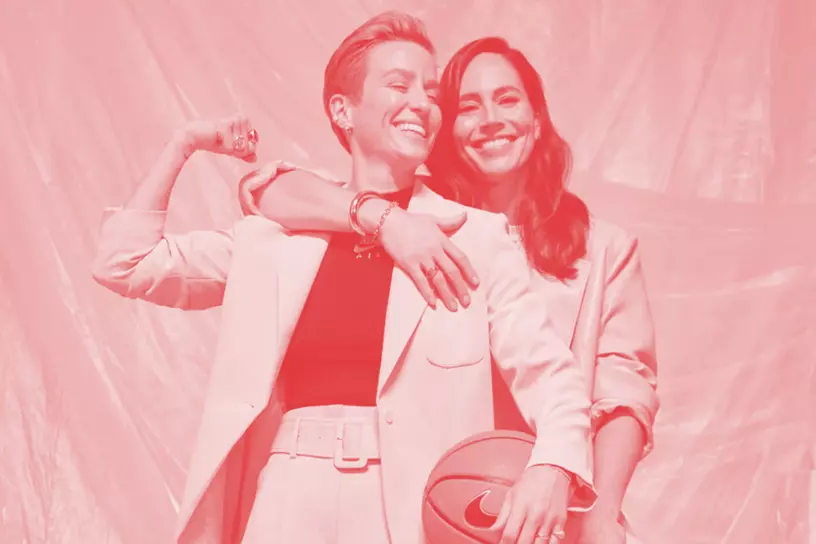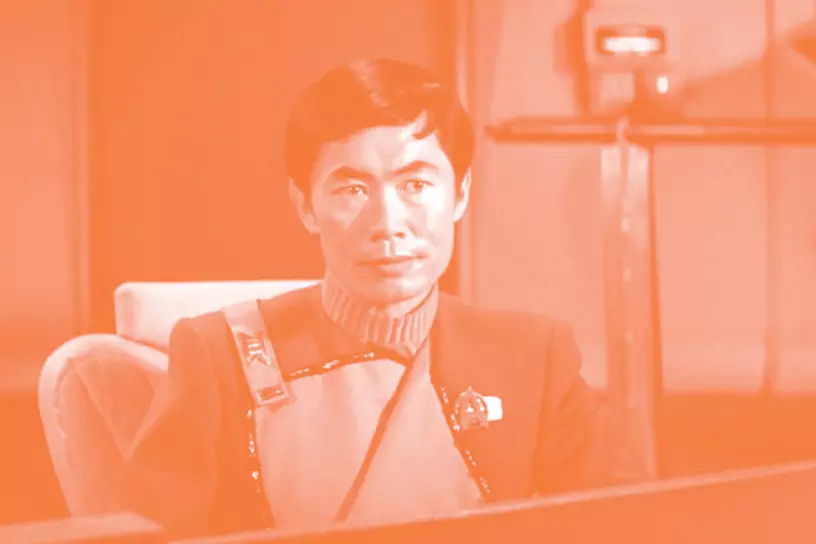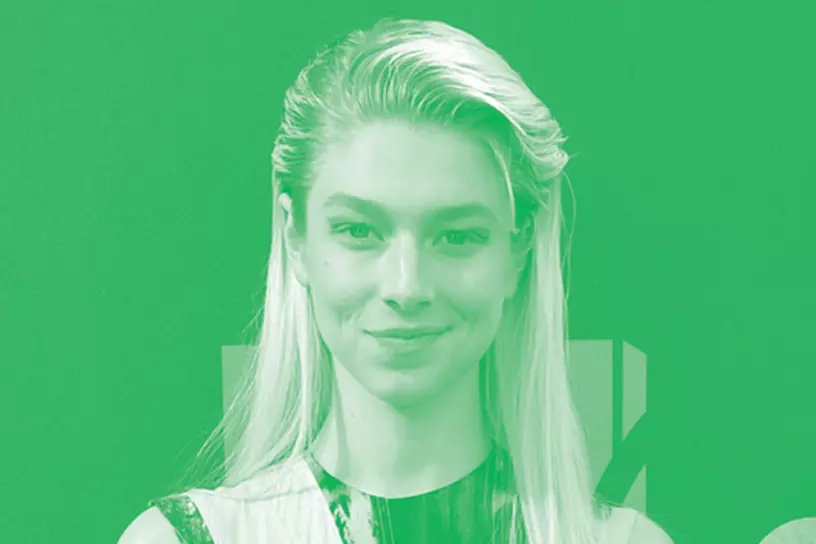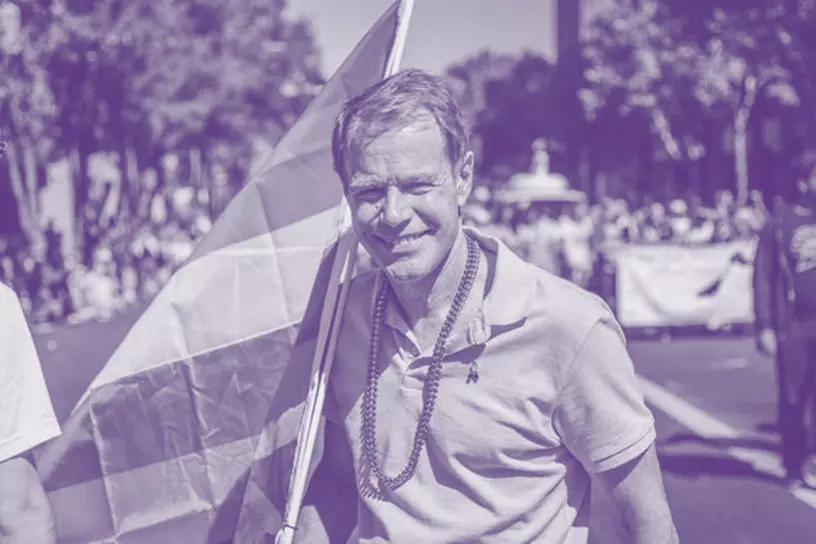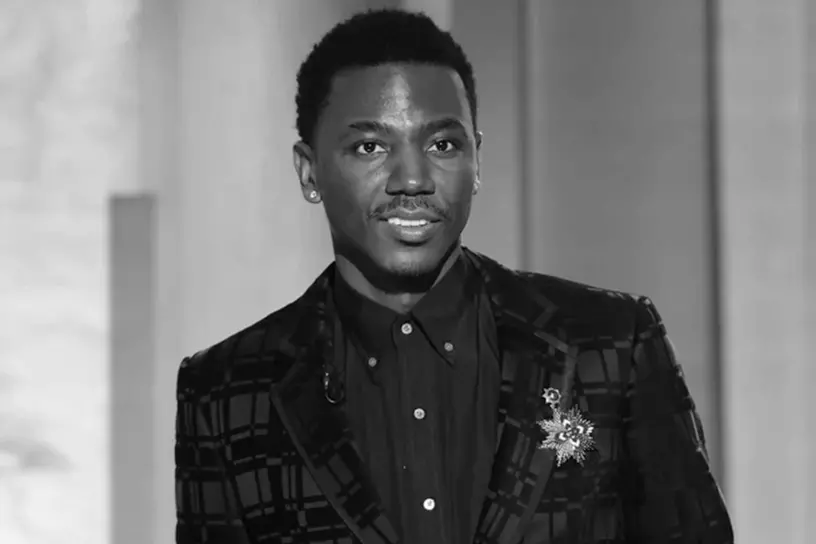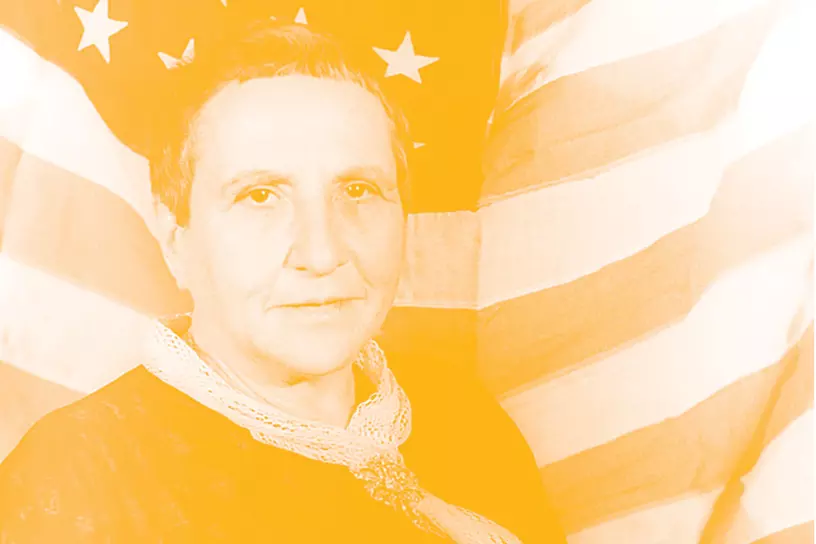History of PRIDE and fight for LGBTQ+ rights
We have to do it because we can no longer stay invisible. We have to be visible. We should not be ashamed of who we are. -Sylvia Rivera
Even for those old enough, many may not remember the Cooper Do-nuts Riot in Los Angeles in May 1959, the Compton’s Cafeteria Riot in San Francisco in August 1966, or when the Stonewall Riots took place on June 28, 1969 - the moment that birthed the modern day LGBTQ+ Equality Movement. However, many of us are likely to remember the story of Matthew Shepard from October 1988. Our nation was rattled by the horrific display of hate that could be inflicted upon one of our children. Sadly, this would not be the last life senselessly and horrifically taken from us, such as Roxanne Ellis or Michelle Abdill, or the story most often told of Harvey Milk.
Violence is a part of the LGBTQ+ story in America, but it is also not the only part of the story - and that is part of the story we want to tell. We seek to see that generations ahead of us will no longer see how one identifies or how one loves to be a target or measure of judgment or persecution. Instead, like how we are already seeing in our youth, that there is a brighter beauty when we fully embrace and understand our identities - our sexuality and our gender - on our own terms and rights. Like with most of our history, it takes seeing the scars to heal them.
The power to heal also needs the power of the law to ensure justice. In 2009, in honor of Matthew, President Obama signed the Matthew Shepard and James Byrd Jr. Hate Crimes Prevention Act, giving new levels of protection and justice in the pursuit of equality and safety for the LGBTQ+ community. County of Santa Clara is still losing LGBTQ+ members of our family, like Natalia Smut Lopez and others whose lives were lost despite the laws intended to protect them. It is going to take us educating, informing, and supporting each other to prevent hate. We have ways to go, but we must feel hopeful. Our hearts are full, our energy is fueled by love, and we will overcome.
What is straight? A line can be straight, or a street, but the human heart, oh, no, it's curved like a road through mountains. - Tennessee Williams
One of the next big challenges we face is in how we identify, see, and recognize one another. While many of us feel very connected to the language and pronouns that we use each day, not each of our neighbors, colleagues or family members do. The digital age has offered us a chance to be more directly expressive with our identity, and with the pandemic putting screens between us for more than a year, we had the chance to express ourselves more fully. “He/him”, “she/her”, “they/them”, (other) have become familiar additions to our names and a chance for us to more properly and politely communicate with each other.
America is deeply rooted in the rights of the individual, and we firmly believe that one’s individual rights begin with how they choose to identify. We also need to recognize that language is a not so swift a change as the digital age can be to catch up. As we seek to be more thoughtful and inclusive, it will take both forgiveness and accountability to ensure that our transgender and non-binary neighbors feel seen, recognized and welcomed.
It is absolutely imperative that every human being’s freedom and human rights are respected, all over the world. - Jóhanna Sigurðardóttir
It was often our artists and entertainers that could be openly LGBTQ+ or bend/stretch their sexuality or gender identity without too much reproach. This is also why the LGBTQ+ community has utilized art and the stage so powerfully to express themselves, one of the few places one could fully be free and themselves. We want to recognize these spaces and the heroes that helped ensure there was a place for those who were often left with nowhere to be a bright space to thrive.
Learning From Our LGBTQ+ Community
We should all take a moment to learn from our LGBTQ+ community about unity. We are familiar with the saying, no group is a monolith, in regard to values or stories or goals or needs, yet the LGBTQ+ community saw the strength in another saying, injustice to one is injustice to all. The necessity of the rights for one was the necessity of rights for all.
Through recent years as we have taken a bigger step to confront systemic racism and hate crimes/violence - we are seeing different communities coming together towards justice and reform. This has been particularly significant for the AAPI community. Times of trouble bring communities together. The targeted harassment, racism and violence against the AAPI, like that against the LGBTQ+ community, has no place in our neighborhoods or in America. Thanks to the LGBTQ+ community, the AAPI community has tools in order to stand up to hate and violence, and the tools to unite our very different groups, peoples and cultures that make up the AAPI community.

